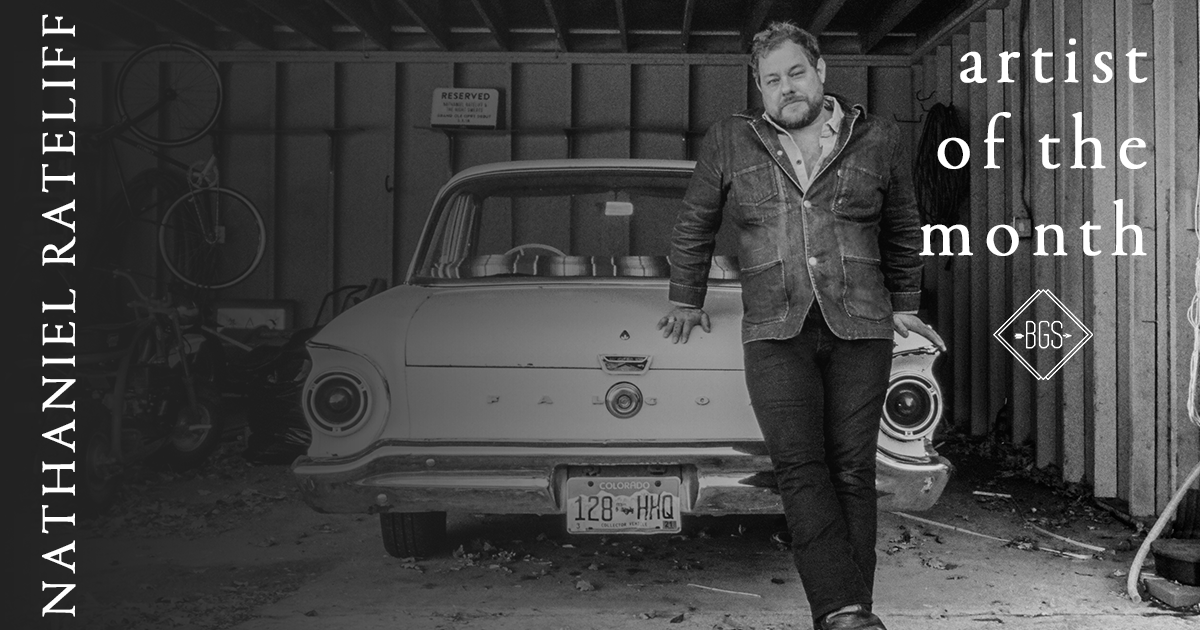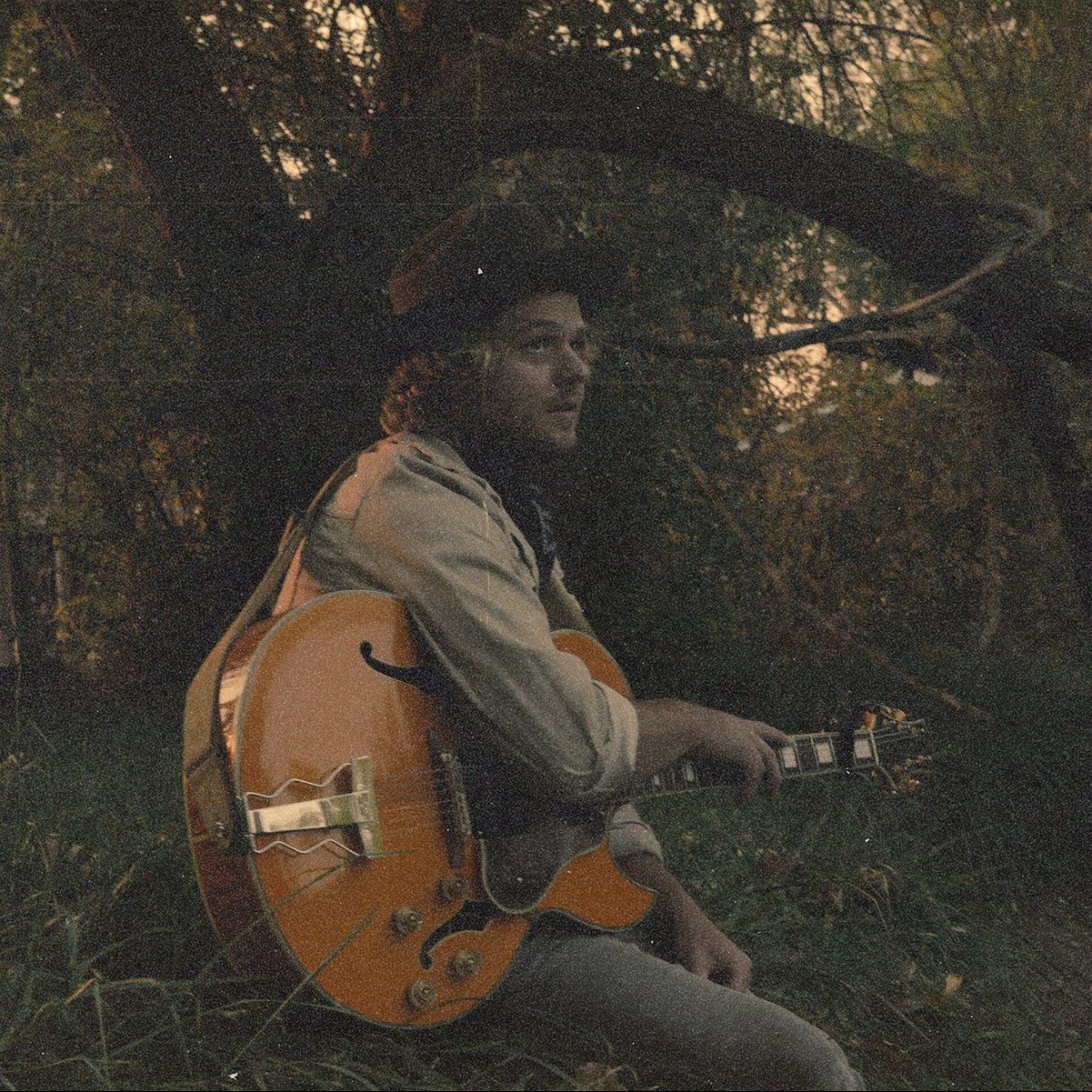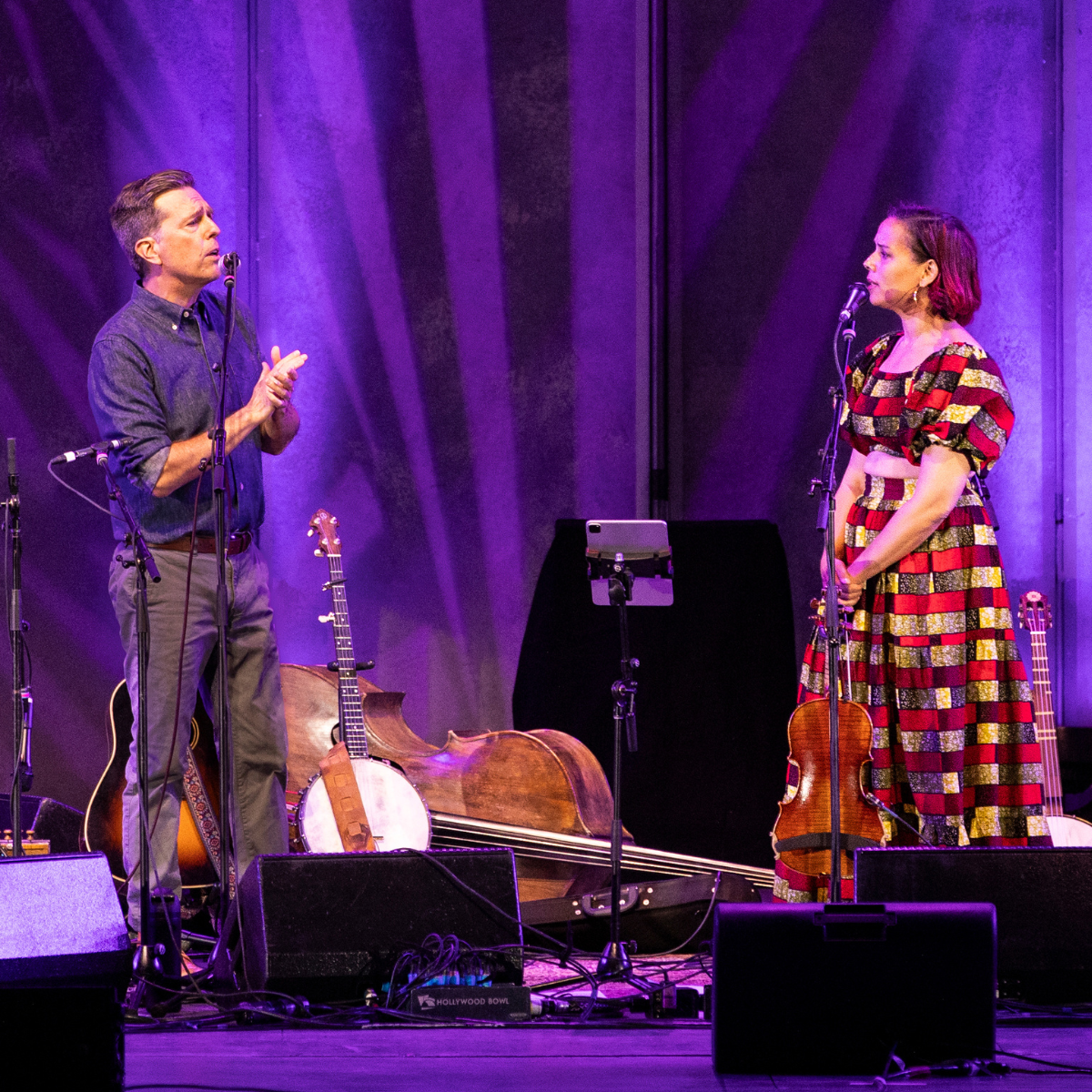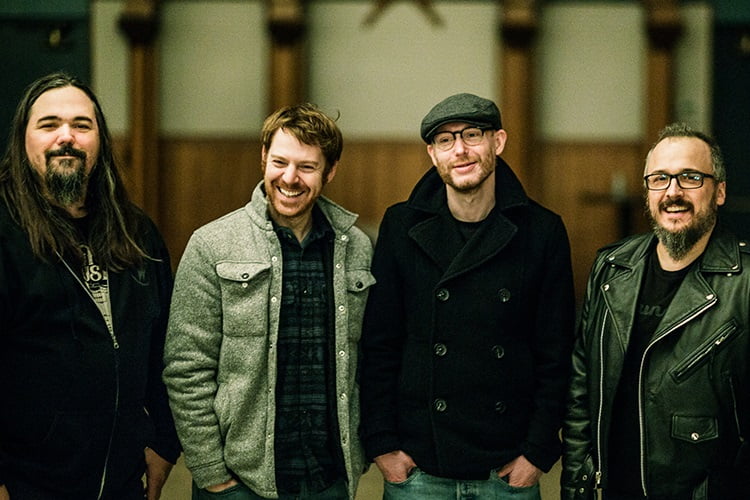Nathaniel Rateliff’s And It’s Still Alright retains much of the soul and swagger of his work with his band the Night Sweats, but its subtler arrangements and sparser atmosphere offer more room for Rateliff to showcase his introspective side as both a songwriter and vocalist. Songs like the title track, which chronicles the aftermath of unexpected loss, and the poignant “Time Stands,” hark back to his salad days as a solo singer-songwriter while also marking his immense artistic growth over the past decade.
As his first full-length solo album in seven years, And It’s Still Alright comes on the heels of two acclaimed albums from Rateliff and the Night Sweats, both of which released via STAX Records and found the Missouri-born artist digging deeper into rock-influenced soul and R&B music.
Rateliff originally planned to make the new album alongside friend, frequent collaborator, and beloved producer Richard Swift, who died unexpectedly in July 2018 at the age of 41. Swift’s passing is a heavy presence across the LP in myriad ways, including Rateliff’s decision to record the bulk of And It’s Still Alright at Swift’s National Freedom studio in College Grove, Oregon.
Below, read part one of our conversation with Rateliff, held in the weeks leading up to And It’s Still Alright‘s release.
BGS: You’ll release And It’s Still Alright in just a couple of weeks. What are you feeling as you anticipate having this new music out in the world?
Rateliff: I’m excited. I’m excited to share it. This is kind of the first time that me and the band have done real rehearsals. [Laughs] I feel like with the Night Sweats we’d be like, “Oh, we know these songs,” and just kind of rock through them. These songs have such a different intention than that, and there’s so much more subtlety in performing them live together. It’s been an interesting yet fun challenge to figure that all out together.
Having been a few years since you last put together a project that wasn’t with the Night Sweats, what was behind your decision to move forward with another solo album this time around?
When we were making the last Night Sweats record, I had a lot of these songs that I was working on. I was sharing them with Richard. We had intended to make this record together before he passed away. So I guess I followed through on my commitment to him in making this record. We tried to do it the way we thought he would do it.
What did those early song ideas, as well as those early conversations with Richard about what you envisioned for the album, sound like? Was there a moment or a song that made the project feel like it had clicked for you?
I remember playing “All Or Nothing” — I had the chord progression for it, and some of the words; it wasn’t really done yet — and I was kind of sharing it with Richard and he was like, “Man, I love this. You can’t be too Nilsson, man.” And so I would say, “OK. We’ll see how Nilsson we can get.” That was one of the things I wanted the record, or at least some of the songs, to have, that feel and similar approach to Harry Nilsson’s. Then a lot of the songs had a lot to do with Richard passing away, and some of our similar struggles that we shared in our personal lives and in our friendship together. So it seemed fitting to follow through and make a record.
Would you be open to sharing a bit about what you were feeling after he did pass, and when you made the decision that you were going to follow through with the album? How did doing the work feel in the wake of his passing?
It’s devastating, still. I still think about Richard and miss him most days, you know? He had this amazing ability to make the people around him feel very loved. As far as a creative partner, he was my favorite person to really work with. I really hadn’t intended on working with anybody else. So a really big part of the process of making this record was to go back to his studio. It has such a sound and feel to it there, so it kind of made me feel like he was with us in some way…
The band and I had all worked a lot with Richard and kind of new some of his tricks, which he was super open and willing to show us when he was still around. We really tried to approach it like, “What would Richard do?” song-by-song. Then there’s always that point in the process when you listen to the songs and say, “OK, what is there too much of here?” and kind of strip it back. Then we added a bunch of things to it. [Laughs]
The title track is so powerful and is one of several songs I’ve found myself returning to often since first sitting down to listen through the album. What was the experience of writing that song like for you? Did it bring about any healing for you?
I had a bunch of songs that I was writing with Richard in mind. When we were in Cottage Grove making this record in March, I’d had that song and was sitting at the kitchen table having coffee in the morning and just kind of instantly wrote it all out. At first, when you’re listening to it, the words came out so naturally that you don’t really take the time to question or examine what you’re trying to express personally. There was a moment in the recording process when I was like, “Oh fuck, I can’t believe I’m writing about this.” It’s heartbreaking at first but there is an element of healing to it. Sometimes to relinquish things you just have to say them out loud.
Read Part two of our interview with Nathaniel Rateliff.
Photo credit: Rett Rogers






